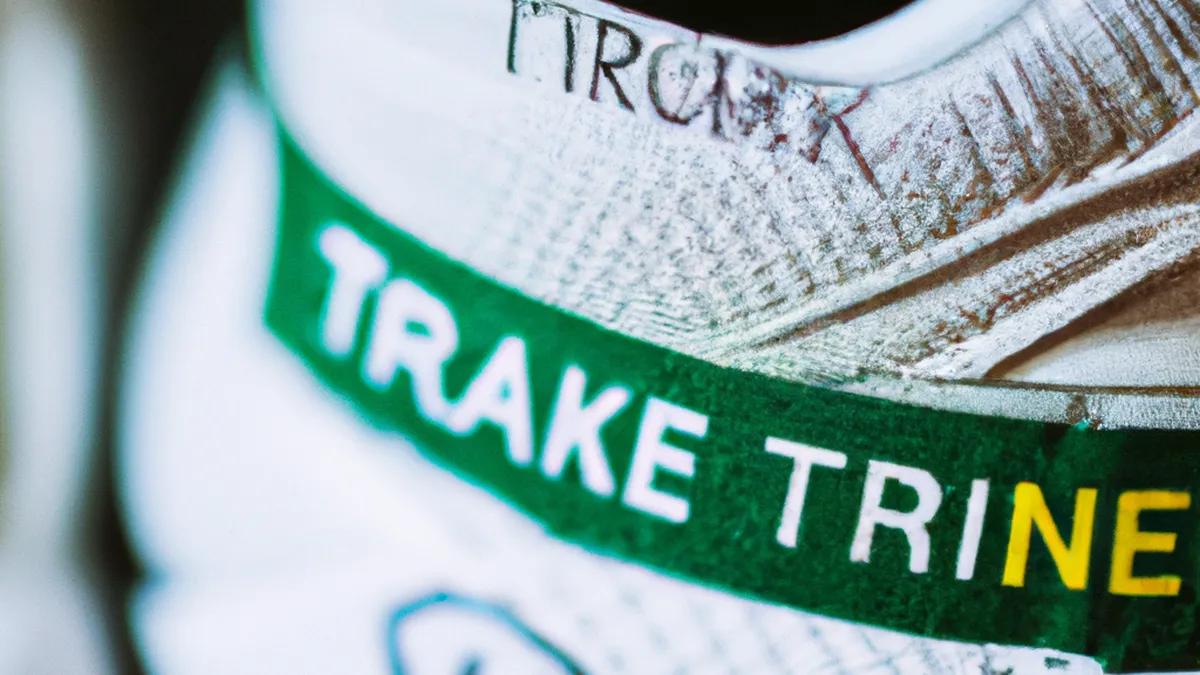Turbo Trainers: Boosting Performance Analysis
Using Performance Analytics to Enhance Training for CyclistsCycling ignites passion in many. Competitive racers and weekend enthusiasts both need performance metrics for growth. Performance analytics can transform your training, enabling data-driven decisions that boost cycling performance. You can tailor your efforts with data and achieve your cycling goals effectively. Let’s explore how performance analytics can enhance your training.
Understanding Performance Analytics
Performance analytics systematically collects and analyzes cycling performance data. This data includes metrics such as speed, heart rate, power output, cadence, and nutritional intake. Each metric offers insights into various aspects of your training and overall fitness.To maximize performance analytics, you need the right tools. Many cyclists use power meters, heart rate monitors, and GPS units. These devices track essential data during rides, providing real-time feedback and historical performance analysis. With the right technology, you can understand your physical limits and potential better.
Setting Clear Goals
Before using performance analytics, set clear, achievable goals. Identify what you want to accomplish. Do you want to increase endurance, improve sprint speed, or enhance climbing ability? Specific goals help focus your training and provide benchmarks for progress.Once you establish your goals, use performance data to guide your training. For instance, if you aim to improve endurance, monitor your average heart rate during long rides. This information helps you adjust your training intensity to avoid burnout. The clearer your goals, the more effectively you can use data to achieve them.
Analyzing Your Data
After collecting data, analyze it thoroughly. Look for trends and patterns in your performance metrics. For example, a consistent drop in power output during long rides may signal fatigue or insufficient recovery. An increase in average speed over time can indicate effective training.Utilize software or apps that provide detailed insights into your data. Many platforms offer visual representations, such as graphs and dashboards, simplifying performance interpretation. These visuals help you quickly identify strengths and weaknesses, allowing informed training decisions.Additionally, compare your performance against standardized benchmarks. Analyze your results against similar cyclists or established performance standards. This context for your progress can be highly motivating.
Tailoring Your Training Plan
As an Amazon Associate I earn from qualifying purchases.
Gear tip: consider power meter, bike helmet, and cycling shoes to support this topic.
After analyzing your data, customize your training plan based on your findings. Use insights to create a balanced routine that addresses weaknesses while capitalizing on strengths. For example, if climbing poses a challenge, incorporate hill repeats into your training. This targeted approach enhances your overall performance.
Conclusion
Performance analytics empowers cyclists to make informed decisions. By setting clear goals and analyzing data, you can tailor your training effectively. Embrace performance analytics to enhance your cycling journey.
Below are related products based on this post:
FAQ
What is performance analytics in cycling?
Performance analytics involves systematically collecting and analyzing cycling performance data, including metrics like speed, heart rate, and power output. This information provides insights into various aspects of training and overall fitness, enabling cyclists to make data-driven decisions for improvement.
How can I set effective goals for my cycling training?
To set effective goals, identify what you want to achieve, such as increasing endurance or improving sprint speed. Clear, specific goals help focus your training and establish benchmarks for measuring progress, making it easier to utilize performance data effectively.
What should I do after collecting cycling performance data?
After collecting data, thoroughly analyze it for trends and patterns in your performance metrics. Utilize software or apps that provide visual insights, and compare your results against standardized benchmarks to understand your progress and inform your training decisions.















Post Comment